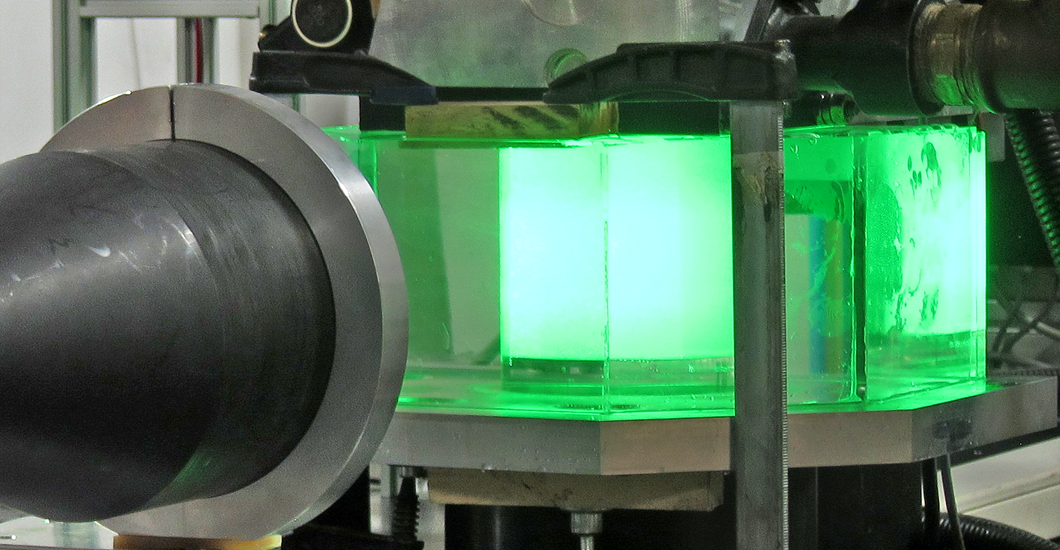Particle Image Velocimetry
Our Phantom Academy PIV Course covers the best practices for imaging and data acquisition.

Why High-Speed Imaging for PIV?
Visible Details
Using a high-speed camera in PIV, will result in accurate and detailed images for motion analysis. Phantom cameras have specially designed CMOS sensors capable of varying frame rates, resolutions and exposure times. The ability to control these settings allows a researcher to be very specific when planning the experiment. Select Phantom cameras come with on-camera data storage options which allow for extended record times. These data management options reduce the amount of downtime between experiments, while data is transferred, and maximizes laboratory use time.
Synchronization
As the study of PIV has progressed and high-speed cameras for scientific imaging have become more prevalent the need to capture as much detail about a singular event as possible has also risen. High-speed cameras allow for total synchronization of multiple imaging angles and of the lasers or lighting being used to illuminate the experiment. With all of these variables being able to be controlled at one point without fail the data collected will lead to ever expanding discoveries in the realm of flow study. One of the most interesting abilities of high-speed camera synchronization is that the images produced are able to be modeled into 3D renderings with the proper software. This results in tomographic PIV which is has been applied to a variety of study fields such as shock waves, turbulent boundary layers, and even the study of predator-prey interactions in water.
Improved Light Sensitivity
High-speed cameras of the past had difficulty working in anything other than bright light situations. This was, at the time, the nature of things when thousands of images are being created and processed each second. The brevity of the light application, during recording, to the internal sensor resulted in dark images. Today’s high-speed cameras are different. CMOS sensors, like those used at Vision Research, have been developed to the point where low light situations are becoming less of a concern. ‘Phantom Image Quality’ is maintained through the creation of sensors that maximize light exposure without sacrificing speed or image quality. When deciding which camera will work best for your PIV research also consider whether color image is a necessity. If it is not, a monochromatic sensor may be best as it will have even higher ISO ratings than a comparable color sensor.